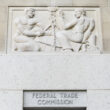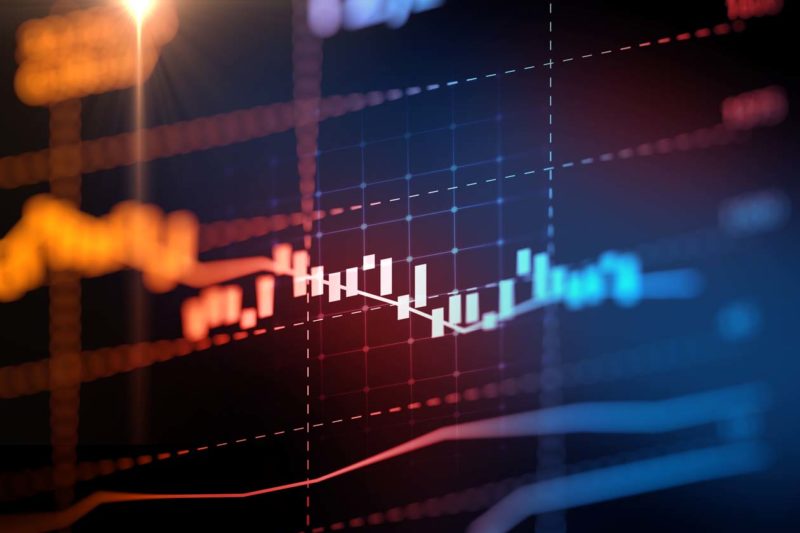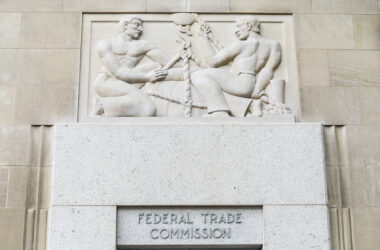Interest rates are rising once again, hitting their highest point since 2007.
The Federal Open Market Committee Wednesday announced another rate hike of 25 basis points to a new target rate of 5 to 5.25 percent. It was the 10th straight rate increase, as the Federal Reserve has raised rates by more than 500 points since March 2022. This was the third straight hike of one-quarter of a point.
“My colleagues and I understand the hardship that high inflation is causing, and we remain strongly committed to bringing inflation back down to our 2 percent goal,” said Federal Reserve Chairman Jerome Powell.
“Support for the 25 basis point increase was very strong across the board. People did talk about pausing, but not so much at this meeting. There’s a sense we’re much closer to the end than the beginning. If you add up all the tightening that’s going on through various channels, we feel we’re getting close or may even be at that point. That’s going to be an ongoing assessment.”
“Support for the 25 basis point increase was very strong across the board. People did talk about pausing, but not so much at this meeting. There’s a sense we’re much closer to the end than the beginning. If you add up all the tightening that’s going on through various channels, we feel we’re getting close or may even be at that point. That’s going to be an ongoing assessment.”
Jerome Powell, Federal Reserve Chairman
Inflation remains, forcing interest rates up
This latest increase comes as the 12-month price increase was 5 percent in March. It was the smallest annual increase reported since May 2021, according to the Consumer Price Index released by the U.S. Bureau of Labor Statistics. In February, annual inflation was at 6 percent.
Powell pointed out that areas of the economy are seeing inflation slow even more, with the Core Personal Consumption Expenditure index, which excludes food and energy, increasing by 4.6 percent in March.
“Inflation has moderated somewhat since the middle of last year. Nonetheless, inflation pressures continue to run high and the process of getting inflation back down to 2 percent has a long way to go,” Powell said.
In addressing the newest rate increase, Powell pointed out how the strong labor market keeps powering through the continued inflation. Powell cited the latest job numbers from the U.S. Bureau of Labor Statistics, with the nation adding 236,000 jobs in March and unemployment rate remaining near a 50-year low at 3.5 percent. Through the first quarter of the year, job gains averaged 345,000 per month.
“The labor market remains strong even with inflation running high,” Powell said. “There’s 1.6 jobs for every person looking for a job.
“There are some signs that supply and demand in the labor market are coming back into better balance. The labor force participation rate has moved up in recent months, particularly for individuals aged 25 to 54 years. Nominal wage growth has shown some signs of easing, and job vacancies have declined so far this year. But overall, labor demand still substantially exceeds the supply of available workers.”
Powell differed from many economists and even the Fed’s March predictions about a possible recession. He suggested the possible avoidance of a recession, primarily due to unprecedented strength of the labor market.
“I continue to think that it’s possible that this time is really different. There’s so much excess demand in the labor market,” Powell said. “It’s interesting. We’ve raised rates by 5 percentage points in 14 months, and the unemployment rate is at 3.5 percent, pretty much where it was or lower than when we started. Job openings are still very high. We see by surveys and other evidence that conditions are cooling gradually. It really is different for job openings to decline by as much as they’ve declined, without unemployment going up. There’s no promises but it seems to me that we could possibly continue to have a cooling in the labor market, without having the big increases in unemployment that have come with many prior episodes. That would be against history and I fully appreciate that.
“The case of avoiding a recession is in my view more likely than that of having a recession. But having a recession, I don’t rule that out either, what I would hope would be a mild recession.”
The rate hikes since early 2022 have had a dramatic impact on used vehicle affordability. With interest rates increasing to 10.26 percent, the average monthly payment topped $526, according shared in Experian’s State of Automotive Finance Market Fourth Quarter report. The average payment was up $11 from the third quarter, even though the amount financed was down $766 to $27,768.
Credit tightens, impacting NIADA members
Credit also is tightening in most of the economy, especially in the wake of turmoil in the banking industry.
“Credit conditions had already been tightening over the past year or so in response to our policy actions and a softer economic outlook. But the strains that emerged in the banking sector in early March appear to be resulting in even tighter credit conditions for households and businesses,” Powell said. “In turn, these tighter credit conditions are likely to weigh on economic activity, hiring, and inflation. The extent of these effects remains uncertain.”
The used vehicle market has seen a drop in loans with the access to credit waning. Some lenders have also left the subprime market or cut back on lending.
According to Dealertrack numbers released by Cox Automotive in March, used vehicle loans were down 5.5 percent and independent used 4.4 percent.
“Many economic factors continue to make business a bit more challenging for our dealer member base,” said Jeremy Beck, NIADA Vice President of Dealer Development and Industry Insights. “We are encouraged by the Mr. Powell’s comments that there is discussion amongst the board for consideration of pausing rate hikes in the future. High rates continue to hamper consumer’s spending on large purchases such as vehicles. They hinder our membership base in obtaining affordable capital. Inflation also continues to plague vehicle values among other things. It’s a tedious balance to control inflation, while not plaguing the rest of the economy.”
Beck added the current labor market continues to be a positive sign for independent dealers.
“We continue to be encouraged by the labor market. Statistics show 1.5 job postings per unemployed person. That continues to be a strong indication of affordability for our consumers in purchasing their next vehicle.”
Jeremy Beck, NIADA Vice President of Dealer Development and Industry Insights
“We continue to be encouraged by the labor market,” Beck said. “Statistics show 1.5 job postings per unemployed person. That continues to be a strong indication of affordability for our consumers in purchasing their next vehicle.”










